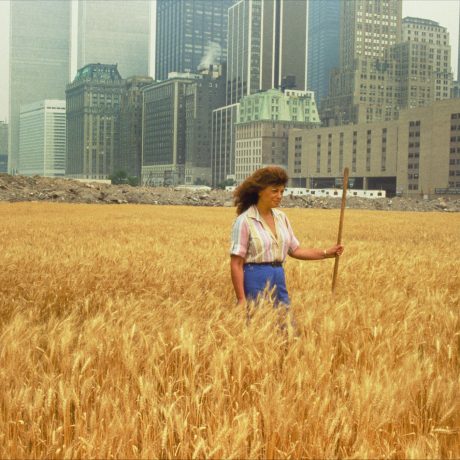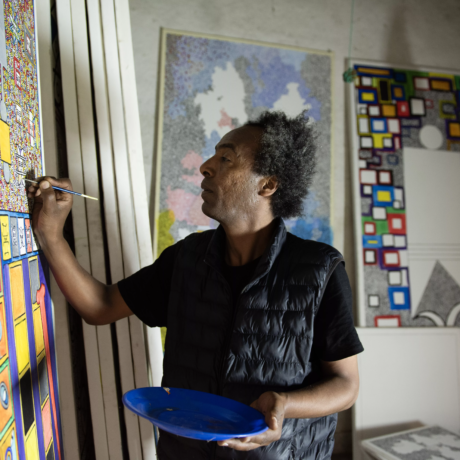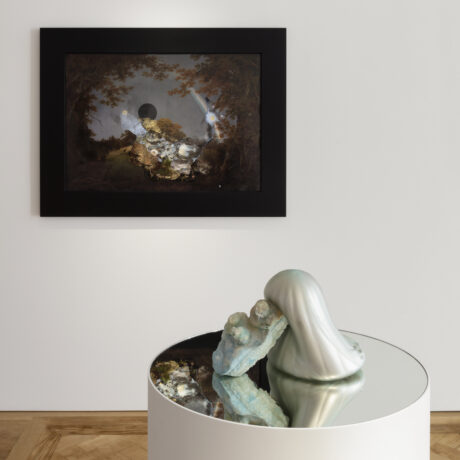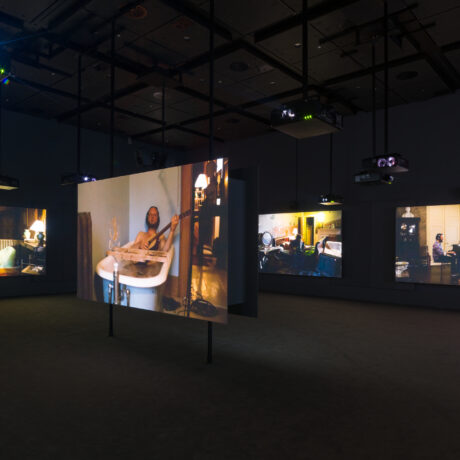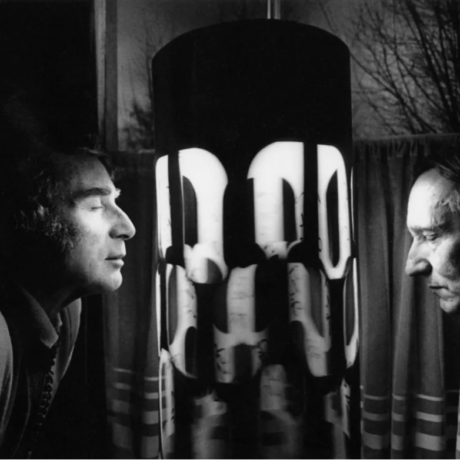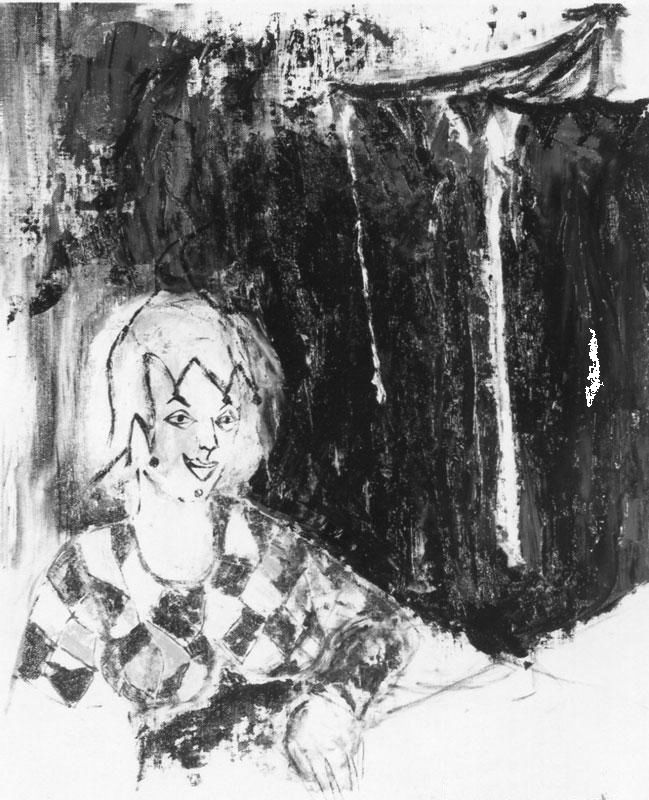
My parents and I are close. When I was a child, I nicknamed us Cabbage Patch Kids, after our initials (Claire, Paul and Koh), and the brand of parent-less dolls that were said to have grown in a cabbage patch somewhere. I belonged with my parents completely and I’ve always felt at home with them, but we are also different.
If we were really Cabbage Patch Kids, my mum and dad would have grown in fields on opposite sides of the planet. Mum’s in Japan, dad’s in England. Where my field would be located, I don’t know. Once, I traced my finger between the two countries they are from on a world map and found Kazakhstan, wondering if maybe my field was there.
I have often been made to feel like I do not belong in England. A walk along the seafront in my home town was made to feel less familiar by a woman who muttered as I passed, “skinny little chinky chank”. I’m reminded that people here see my mum as not belonging too, when people shout “corona” or “chow mein” at her on the street. If my mum cannot feel like she belongs, then I cannot belong either.
“I have often been made to feel like I do not belong in England”
At the beginning of 2020, I discovered the drawings of one of my favourite writers, Lorraine Hansberry. She is best known for her play A Raisin in the Sun, which was the first play by a Black woman to be performed on Broadway. I had just returned from Japan, where I had felt my foreignness. My Japanese is patchy, and I struggled to communicate with family members I loved. I came home to news about what was then being called Corona Virus.
Soon, there were reports of increased racism against Asians. I worried about my mum leaving her house; I worried about leaving my house myself, in case someone might tell me that this was not my home, and I did not belong.
I already loved Hansberry’s writing. She wrote about race, family and racism with an openness and vulnerability I admired. I also admired her strength as an activist, and her kindness towards fans. When I think of her writing, the word “trust” comes to mind. Hansberry trusted her readers to learn to empathise with her characters, even those who might at first be perceived as villains. She was, I think, very interested in what makes a human a human, why a person might end up bitter, angry, hopeless, or violent.
“When I came across Hansberry’s drawings, I was in my house, on my laptop, and there was a lot I was afraid of”
Hansberry was open about her fears. When she was a child, a block of concrete was thrown through her window by a member of a violent white mob protesting at her family living in a white area. It just missed her, but was thrown with such force that it lodged itself into the wall behind her. After that experience, Hansberry became terrified by the idea of injury and death. Her husband Robert Nemiroff (Hansberry was actually homosexual) later wrote that she feared the potential for violence that was “on the hip of any cop in America”. She was afraid of all things that could put her in any form of danger: bridges, flying, heights, water, lifts, people.
When I came across Hansberry’s drawings, I was in my house, on my laptop, and there was a lot I was afraid of. I feared not being able to afford enough food, after all my work as a musician had been cancelled, and newspapers stopped commissioning freelancer writers. Government support for the self-employed was not yet in place, and mine and my partner’s bank balances were quickly shrinking. And, though the threat was very different to what Hansberry faced, I also feared people. I feared catching covid, but also (perhaps more so) racism and discrimination.
Researching Hansberry was a kind of distraction. I was, in essence, fangirling, trying to find any scraps of writing by her I hadn’t read, and, instead, I came across a website featuring black and white scans of sketches she had made.
“Finding Hansberry’s self-portrait felt like stumbling across a spell she had cast on herself, a prayer to become something different”
I had no sense of scale, no idea about the paper quality. There was no reference to materials used. But the drawings were lovely. Hansberry had, after all, started her higher education as an art major. One was a sketch of a plant in what looked like ink or water colour, the flowers expressively drawn, like screwed up pieces of paper. Another was a wild, dense possibly ink drawing of the garden she shared with Nemiroff, a neatly drawn bench emerging from the chaos of marks depicting vegetation.
In my favourite one, Hansberry had drawn herself dressed as a clown. She is wearing a jester’s hat, a patchwork top, and looks calmly ahead with a smile on her face. The background appears black, rough, maybe oil pastel, maybe paint. I read about this drawing. It turned out that Hansberry drew self-portraits of herself as a clown so she would not take herself too seriously.
Some art has an immediate effect on me. It strikes me, like lightning, and I leave changed in some way. Hansberry’s self-portrait, however, has had a slow, growing influence on my life. All art is alchemical, it is the transmutation of something into something else. Finding Hansberry’s self-portrait felt like stumbling across a spell she had cast on herself, a prayer to become something different, to see herself in a certain way.
“It turned out that Hansberry drew self-portraits of herself as a clown so she would not take herself too seriously”
My dad, Paul Hazelton
, is an artist, and for a long time thought that I would follow in his footsteps. I had painted before, but I had never really thought of self-portraiture in the way that Hansberry expresses it in this work, as something that possesses the power to transform the sitter, as a method of control, or of reclaiming the narrative of your life.
It started small. During the first lockdown I took up drawing regularly again, and I drew myself. First, I drew my likeness. Then, Hansberry’s influence began to creep in, and I started to draw myself as things I wanted to be. It began with a portrait of myself as a moonscape, my face the moon, my body containing the sky and calm sea. I was hoping, I think, for tranquillity and an easing of anxiety. Then I started to draw myself as a part of the landscape, as belonging to the town around me in an intrinsic and unchangeable way.
I had learned in school that landscape was important to a sense of home; from the poems of Rupert Brooke, the ritual of scattering earth on coffins, or kissing the ground when returning from war or a long journey. I drew self-portraits as a hill, a cliff, as the sky above the town I’d been told so many times wasn’t my home. I drew my face inside the cliffs I’d climbed as a child, and in the soil, under the grass.
“Drawing my face surrounded by earth and grass, or as the moon reflecting light onto everything below, felt like therapy”
Then, in March 2021, when I was feeling particularly hopeless and weak after a gunman killed eight people including six Asian women in Atlanta, I drew a self-portrait as a stormy sky. Over the dark sea off the coast of the town I grew up in, I was big and powerful.
Over time I’ve learned that home isn’t ever really a place. It is somewhere in the mind. It is peace, I think, that you create for yourself, and with yourself. Drawing my face surrounded by earth and grass, or as the moon reflecting light onto everything below, felt like therapy, and I learned that method from Hansberry and her self-portrait as a clown. Although nothing about the land had actually physically changed, when I next went out, I felt more unshakeably at home.
Claire Kohda is a writer and musician. Her debut novel, Woman, Eating, is out now (Virago)
This Artwork Changed My Life
Absorbing personal stories of the lasting impact that art can have
READ MORE